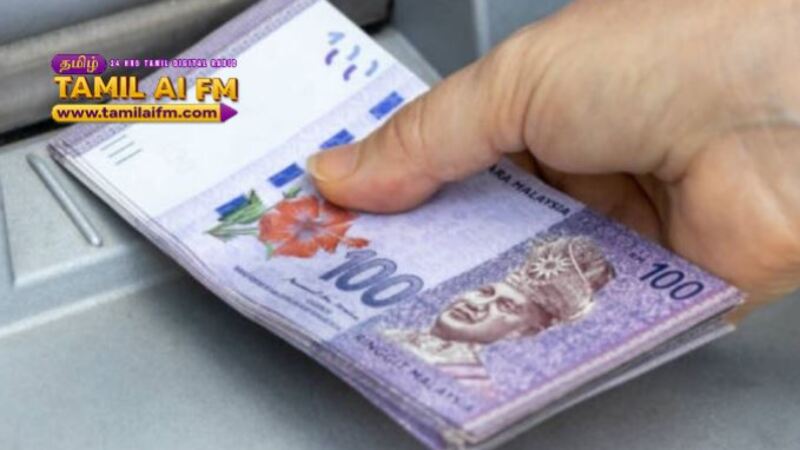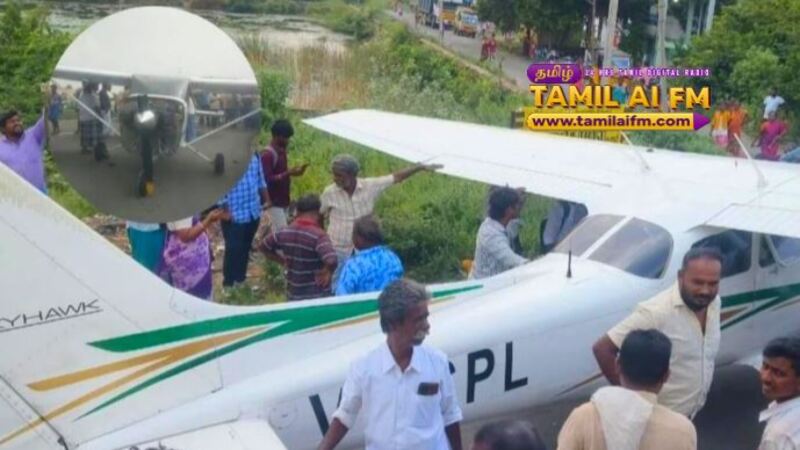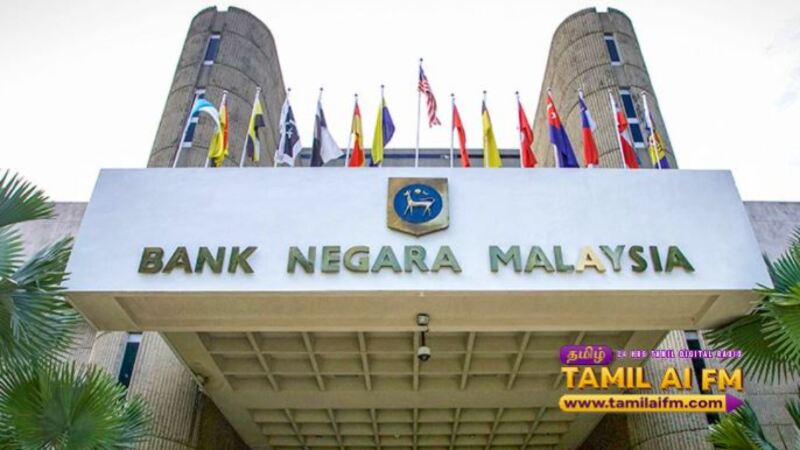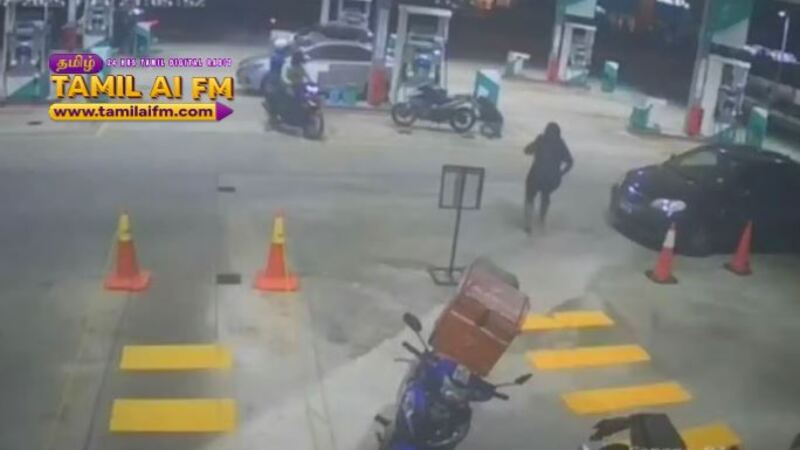PETALING JAYA: A former project engineer for Petronas Gas Berhad (PGB) says it is common for gas lines to pass through residential areas, as designated buffer zones prevent unauthorised access to the pipeline reserves.
Syed Zainal Abidin Syed Tahir said the public is not allowed in these areas, he told. “As far as I understand, even crossing the zone requires written permission from Petronas, which imposes strict safety conditions,” he said.
Yesterday, a fire, that reached 20 stories high, broke out at the gas pipeline in Putra Heights, engulfing a 500m section of the pipeline, injuring 111 people staying nearby. A total of 235 premises were affected by the fire, with 87 completely burnt and 148 damaged. A total of 399 vehicles were affected, with 225 burnt and 174 damaged.
Syed Zainal emphasised that it is highly unlikely for a gas pipeline to explode on its own, especially given Petronas’s stringent maintenance standards.
“For a pipeline to rupture on its own is almost impossible. From what I have seen, past explosions in other countries were mainly due to external interference. However, for this particular incident, we do not know the cause yet, and we should let the police conduct their investigation.”
The maintenance of Petronas’s gas pipeline network nationwide adheres to high standards, with the pipelines having a lifespan of over 50 years, he added.
Syed Zainal, who worked on the construction of gas pipelines, including in Putra Heights, between 1988 and 1990, said that throughout his 30-year career, integrity and safety were never taken lightly by Petronas.
“The design, thickness and quality of the pipes are intended for long-term durability because replacing pipelines every 10 years would be extremely costly. That is why their lifespan can reach over 50 years.
“This has been proven in many other countries, provided that interventions, maintenance and periodic inspections are carried out.
“I am confident that Petronas has implemented the highest safety measures in maintaining the gas pipeline network across the country,” he said.
Syed Zainal, who previously served as vice-president of marketing for Petronas’s downstream business and as managing director and CEO of Petronas Dagangan Berhad, noted that the pigging method, which involves cleaning pipelines using specialised equipment, is typically carried out every three to four months.
He added that this method also allows for the inspection and recording of conditions inside the pipeline, such as deformations, blockages and leaks.
“When I was stationed in Segamat, we would conduct monthly aerial inspections using helicopters to check for any soil erosion.”
Syed Zainal, who retired from Petronas in 2020, explained that Malaysia’s gas pipeline network originates in Kerteh, Terengganu, and extends through northern and southern regions, including Johor, Singapore and Kedah, covering 800km.
According to the Malaysian Gas Association web page, an extensive natural gas pipeline network has been established to transport natural gas from the east coast to the demand centres in the west coast.
The backbone of the network is the high-pressure transmission pipeline called the Peninsular Gas Utilisation (PGU) system.
Syed Zainal said Petronas also employs a detection system that allows remote monitoring of any leaks.
“However, if someone were to dig or excavate in the pipeline area, that is something beyond Petronas’s control,” he said.







